If concepts from the 1960s experimented with space-age styling and dramatic shapes, and 1970s concepts could be described as psychedelic wedges, the 1980s was an era of extreme aerodynamics and high technology.
Virtually every concept from the decade of cassette tapes and neon lights promised some kind of advancement in drag coefficient, fuel economy, or electronic features that could barely have been dreamt of in the decades before – but many of which now seem commonplace.

Narrowing down the options was surprisingly tricky, but below we’ve selected ten concepts that defined the decade and wowed the crowds at motor shows.
Ford AFV (1982)
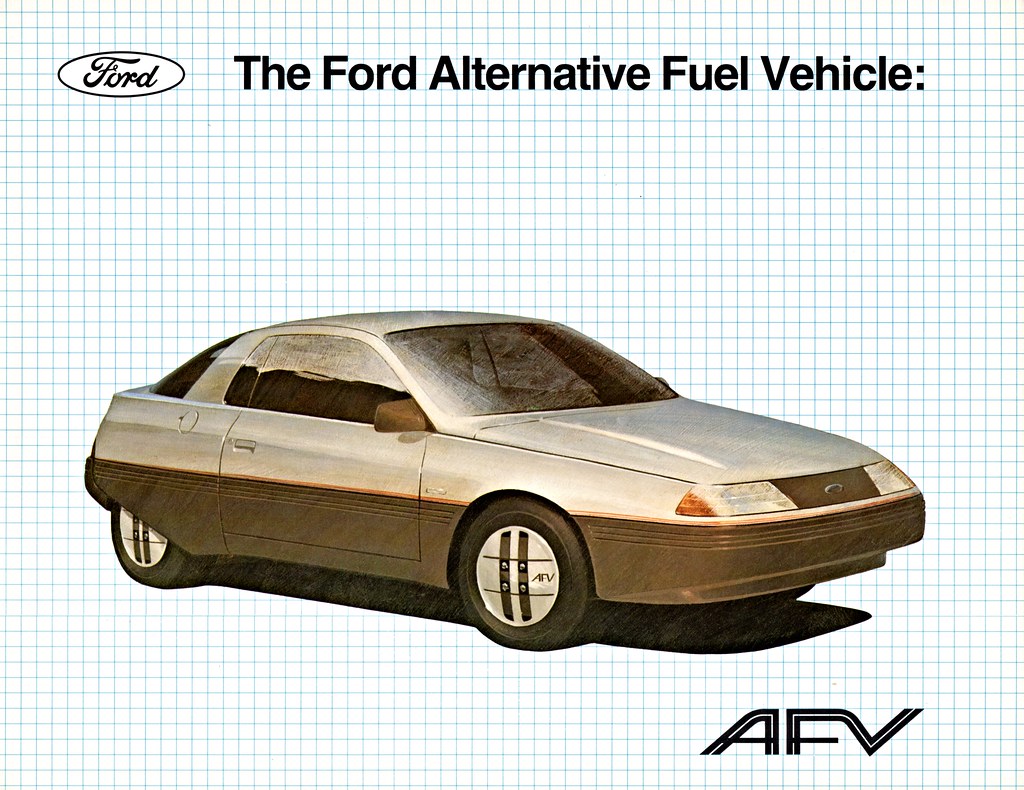
There’s a cognitive disconnect between the styling of the 1982 Ford AFV concept and the fact that underneath the bonnet there was a 1.6-litre CVH thrashing away like some kind of bog-basic Escort.
Not that the CVH wasn’t modified, though not as you might expect. AFV stood for Alternative Fuel Vehicle, but it should probably have been called the MFV, as it could run on multiple fuels – natural gas, ethanol, alcohol, diesel, or just plain ol’ simple petrol.
Ford suggested that while the car itself would be more expensive than a conventional car, running it on natural gas – such as you’d use in your house – would be cheaper, and could be refuelled by a compressor at home. In retrospect, given current energy prices, this doesn’t sound so sensible – but you could always stick some diesel in the tank, of course.
Mazda MX-81 Aria (1981)
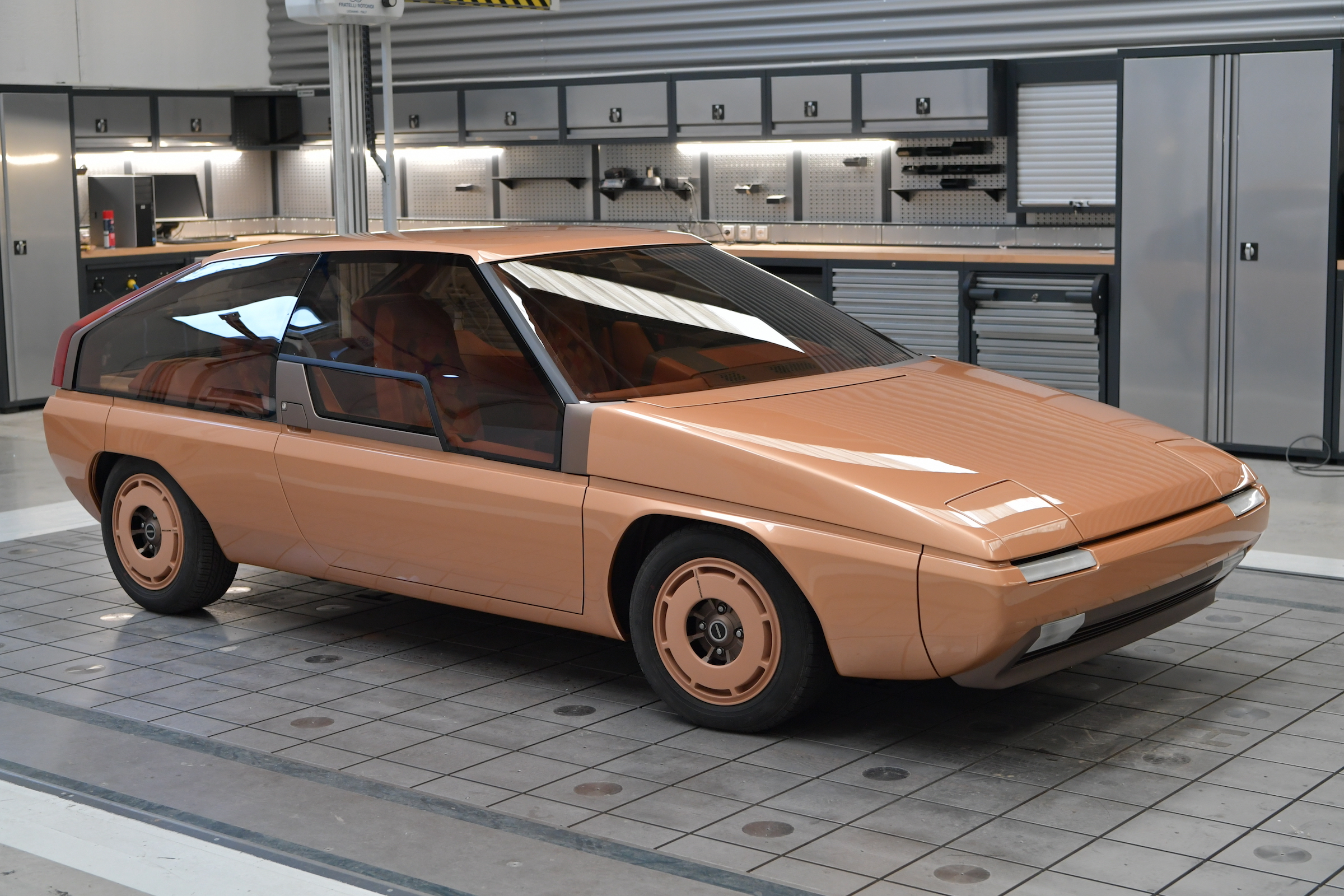
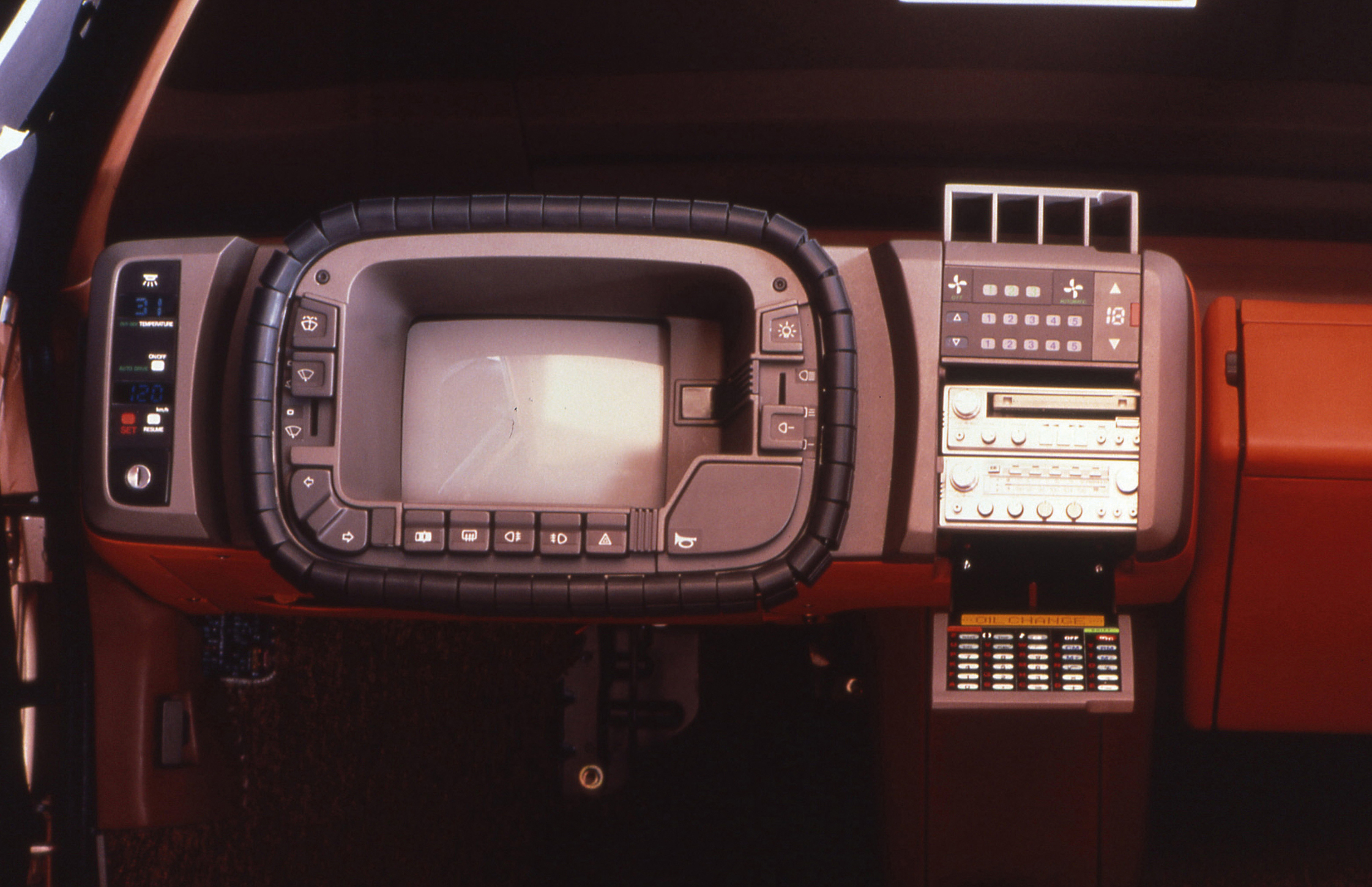
Here’s one to bust your noodle. Perhaps, you’re thinking, it’s a precursor to the Citroën BX. Or maybe it’s the concept that Marcello Gandini at Bertone evolved into the BX, the Volvo Tundra. The reality is neither, but also both.
Designed under Marc Dechamps, the Mazda MX-81 Aria of 1981 was indeed inspired by Gandini’s 1979 Tundra concept – so could be considered an alternate-history BX. It was low-drag, with a 0.29 Cd rating, and modest underneath, based on the contemporary Mazda 323.
If it was striking outside, that was nothing compared to the interior, whose ‘steering wheel’ was more of a belt encircling an instrument display containing various controls. You could call it an experimental touch – which is, conveniently, what the X in ‘MX’ stands for. And the MX-81 was the first Mazda to use this now-familiar combination of letters.
Mercedes-Benz NAFA (1981)
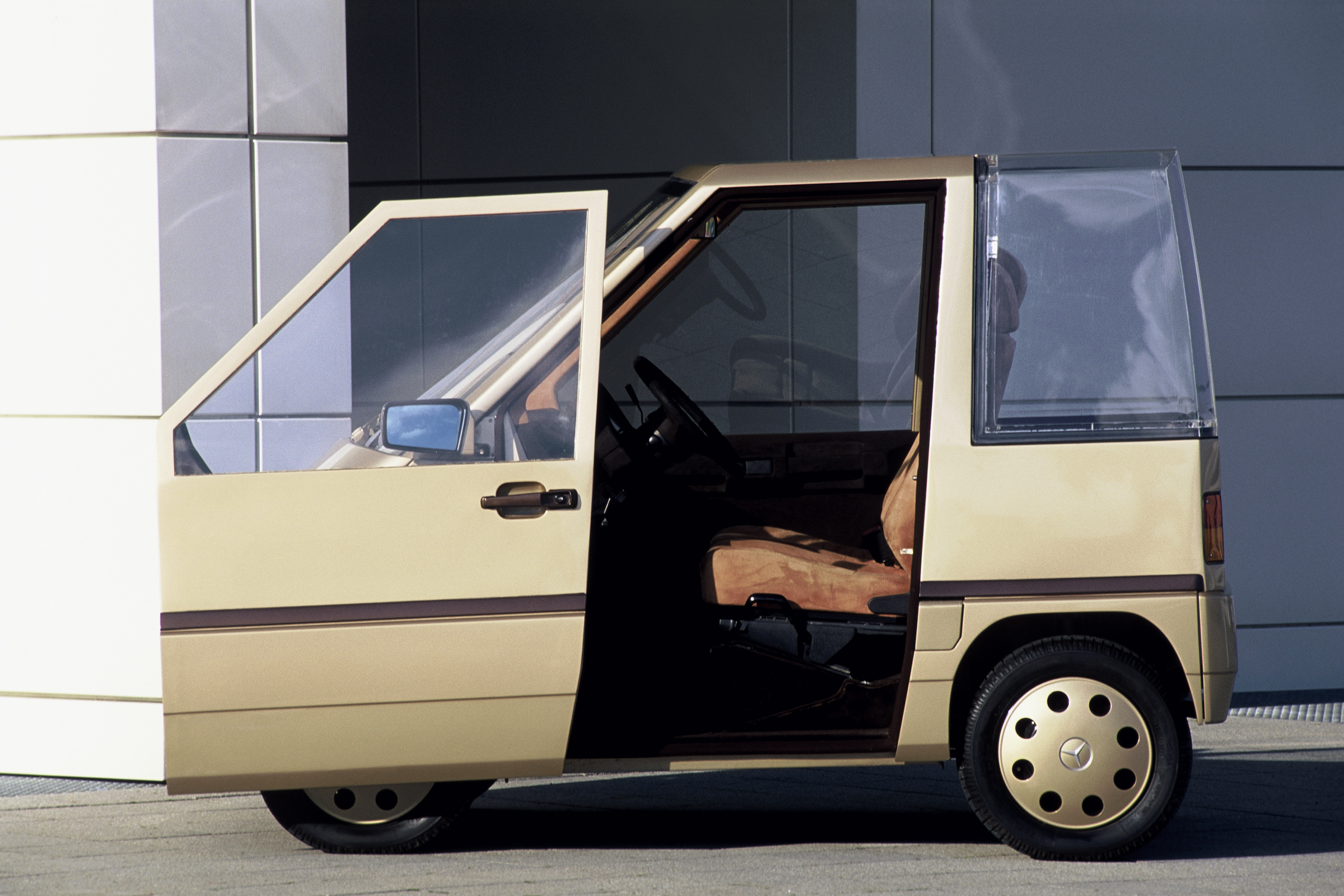
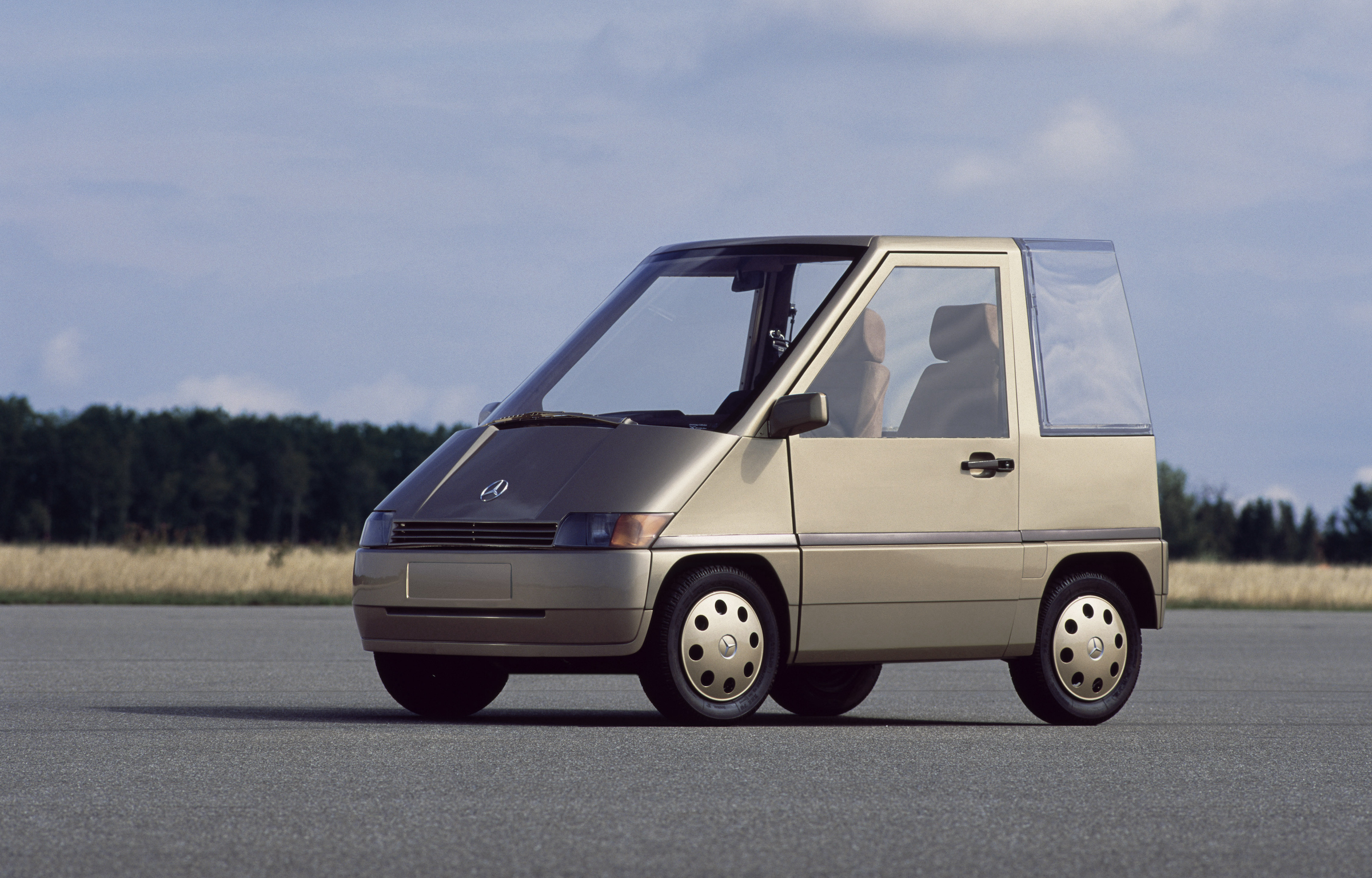
‘A Smart before the Smart’ would be a succinct way to describe the Mercedes NAFA concept of 1981. It would be nearly two decades before the Smart City Coupé (later Fortwo) would launch to the public, but the concept was clearly not new to Mercedes-Benz.
The thing is, people were already worried about traffic and pollution in the early 1980s, even if it didn’t dominate discourse like it does today. Several of the concepts on this page were built in response to those concerns but none as overtly as the NAFA, 2.5 metres long (just like the original Smart) and pitched as being parkable nose-on to the kerb.
The NAFA’s sliding doors never made it onto any Smart though (but they would find their way onto Peugeot’s quirky 1007), nor did its front-wheel drive layout – well before the front-drive A-class, too. One wonders whether the NAFA offered similar levels of quality to contemporary Mercedes too – those push-button door handles certainly look promising.
MG EX-E (1985)
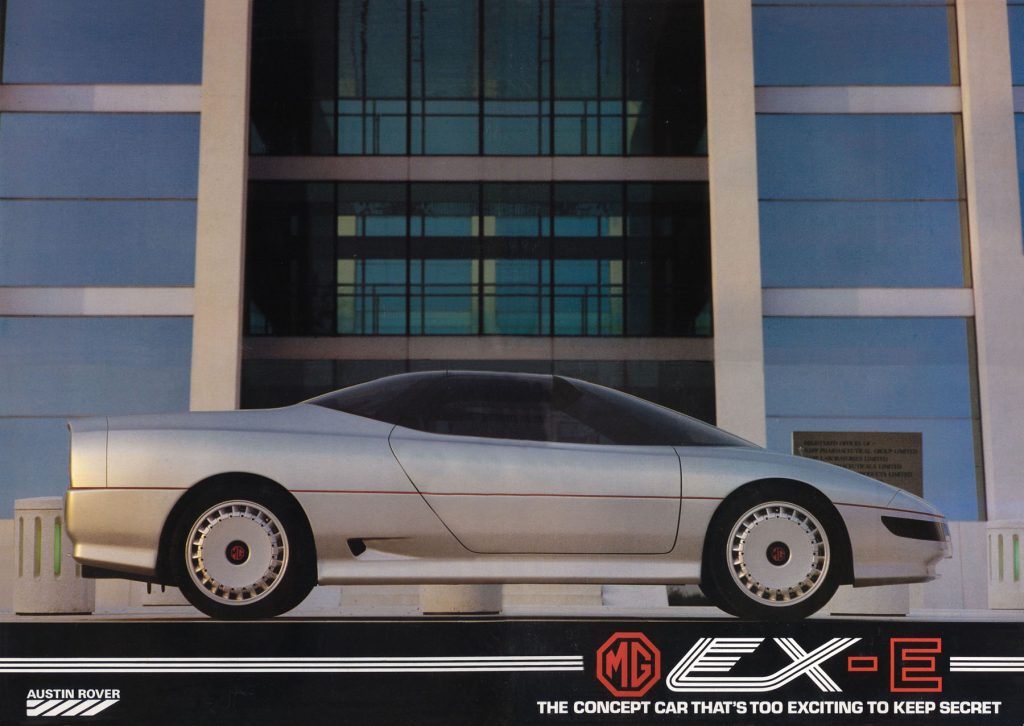
You’ll likely be more familiar with the MG EX-E concept than the others on this list, but arriving right in the middle of the 1980s, and being one of the more striking concepts to emerge from Britain’s carmakers, we couldn’t leave it out – this was the MG supercar that never was.
Remarkably, this sleek, high-tech looking car sat atop the mid-engined platform of the rather more blunt MG Metro 6R4. Not the most natural of bases, but not a bad one either given the 6R4’s abilities, and with a Cd of 0.24, the aluminium spaceframe, plastic-panelled dart had the same aero focus as many ‘80s concepts.
According to design director Roy Axe himself, speaking to AROnline, it was never likely to make production – but as a shop window for the design and engineering talent at BL at the time, it did the trick.
Peugeot Quasar (1984)
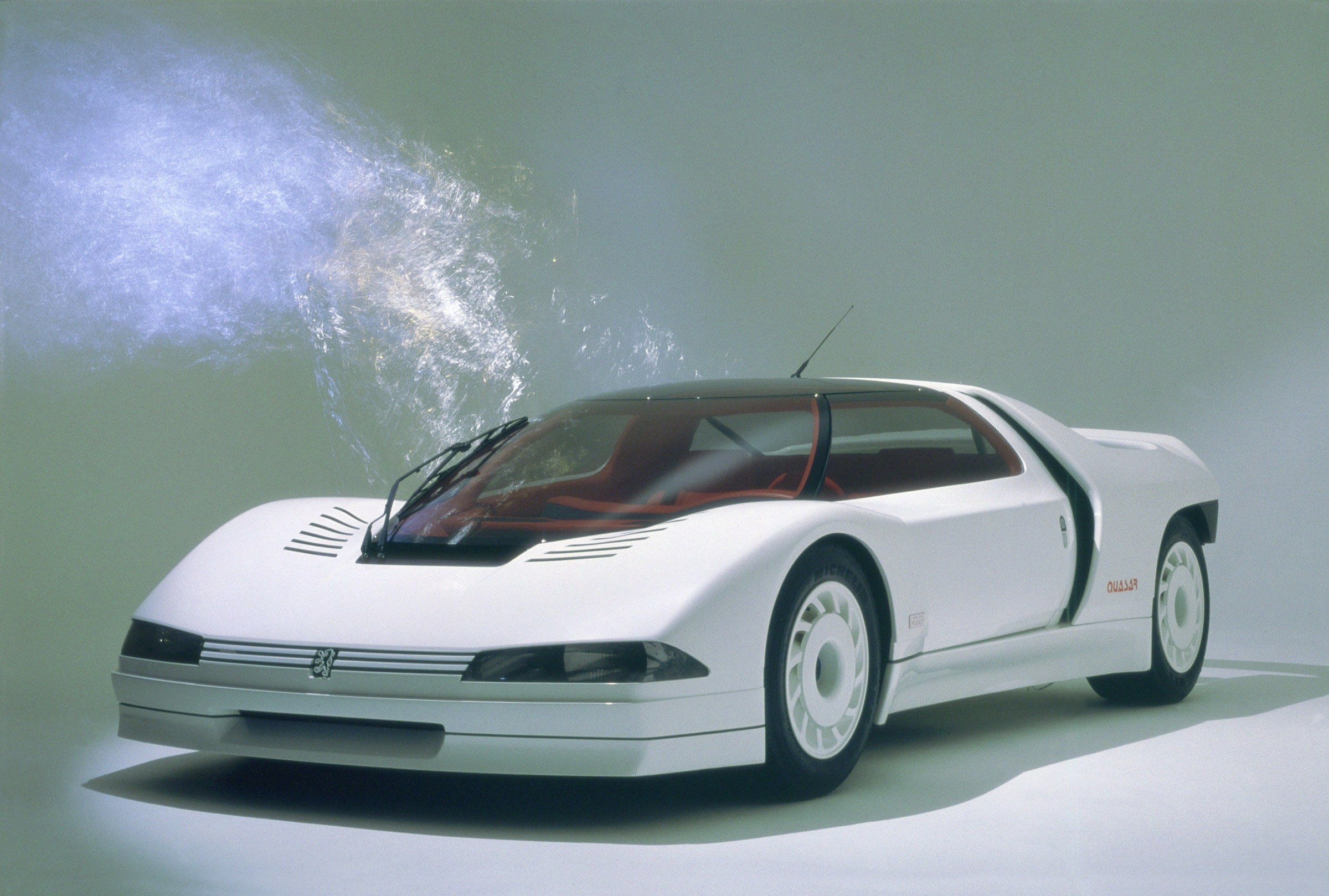
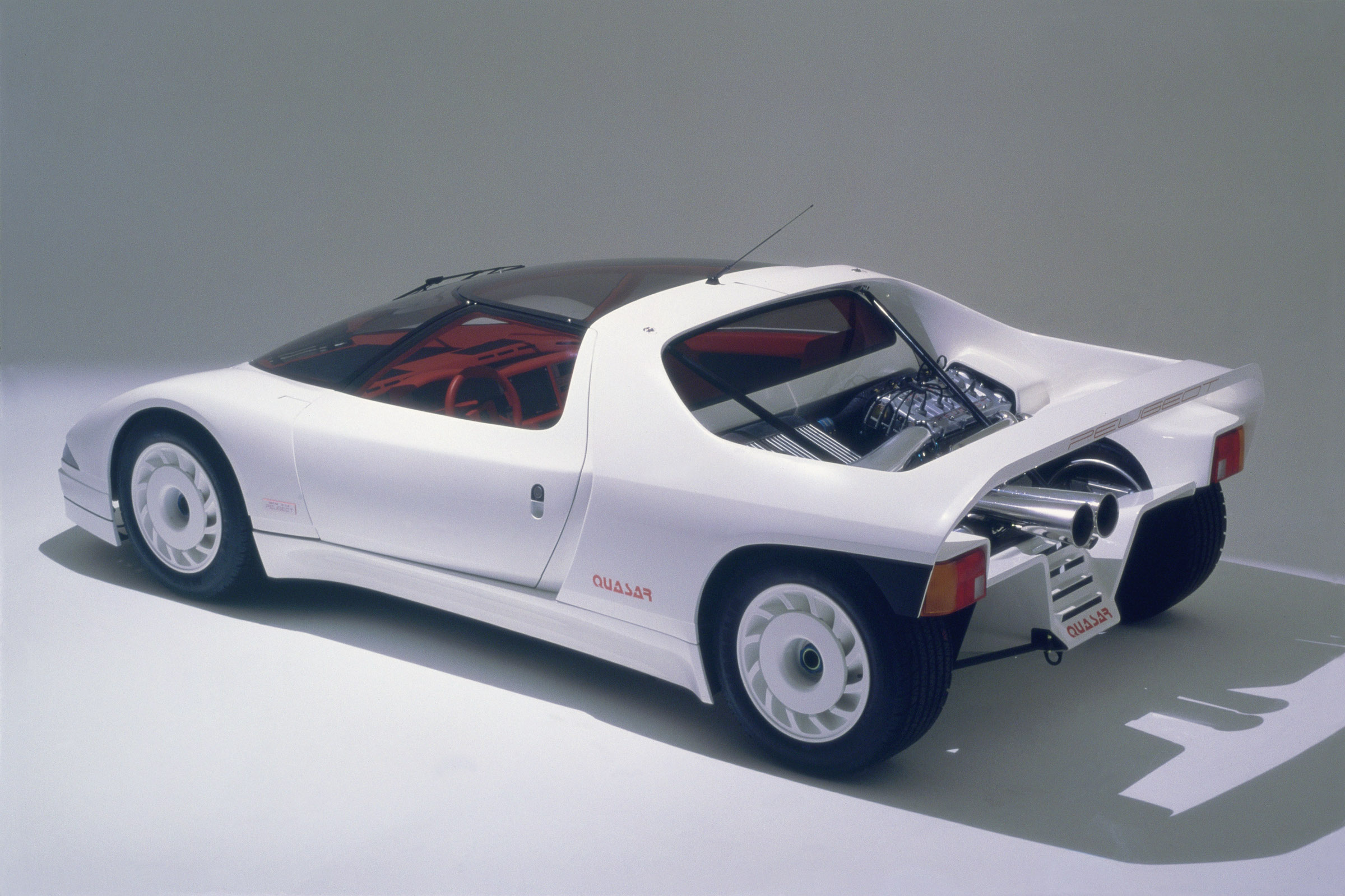
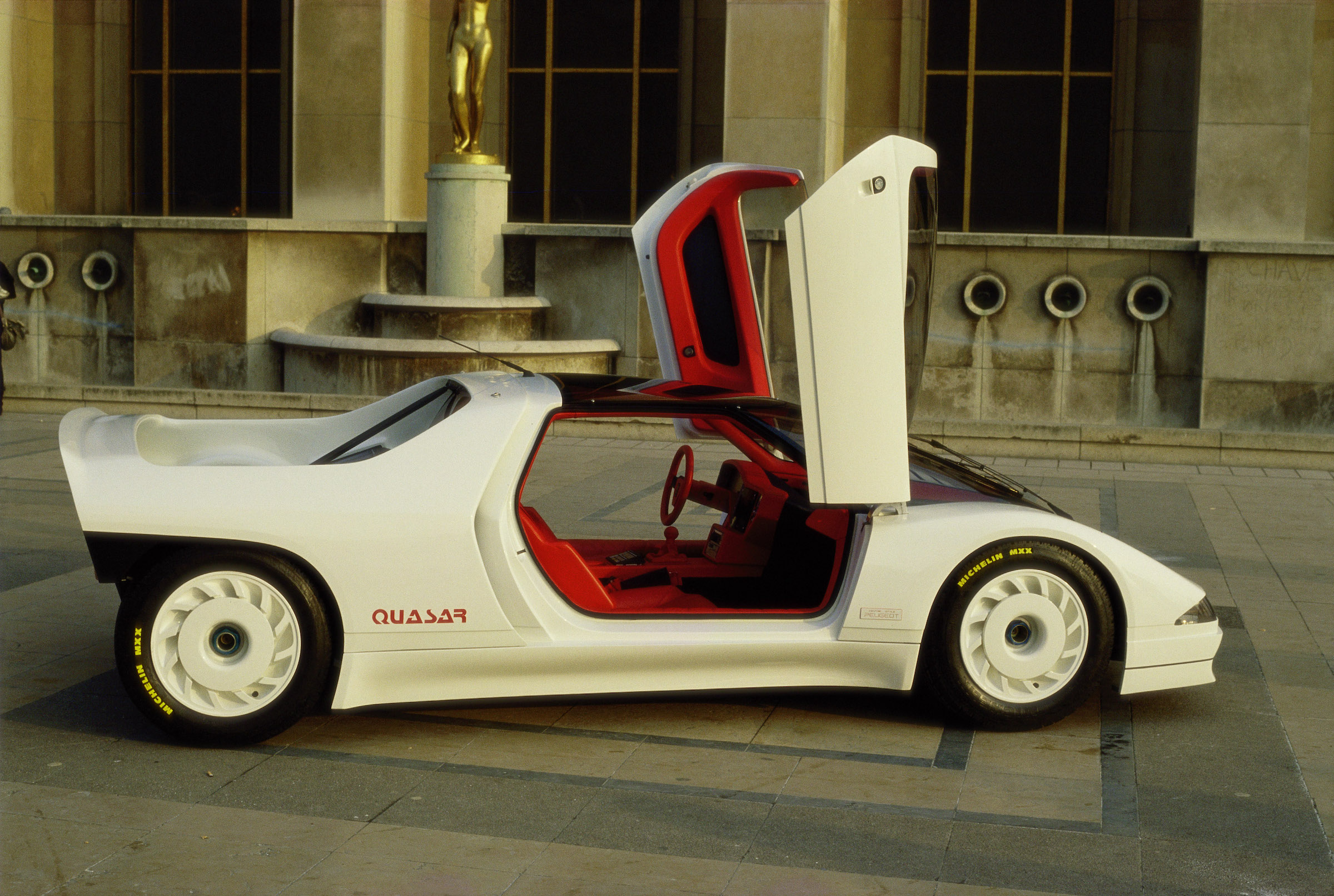
Book a trip to L’Aventure Peugeot museum at Mulhouse in France and you can go and see the Peugeot Quasar concept any time you want. We’d fully recommend it – partly because the museum is excellent, and partly because the Quasar is a prime wedge of 1980s madness.
Like the MG EX-E above, you’ll find Group B bones beneath the Quasar, in this case the mighty 205 T16 which dominated the WRC in 1985 and 1986. And like the EX-E, it abandoned the hatchback form for a pure supercar wedge shape – though with an exposed engine compartment for the 600bhp, twin-turbo four, the Peugeot’s styling was more dramatic even than the MG.
The interior was pure sci-fi. The work of Paul Bracq – celebrated designer behind some of BMW and Mercedes’ most respected shapes, and the cabins for Peugeot’s 505 and 604 – the scarlet-trimmed space was straight out of Blade Runner and accessed via scissor doors.
Pontiac Pursuit (1987)
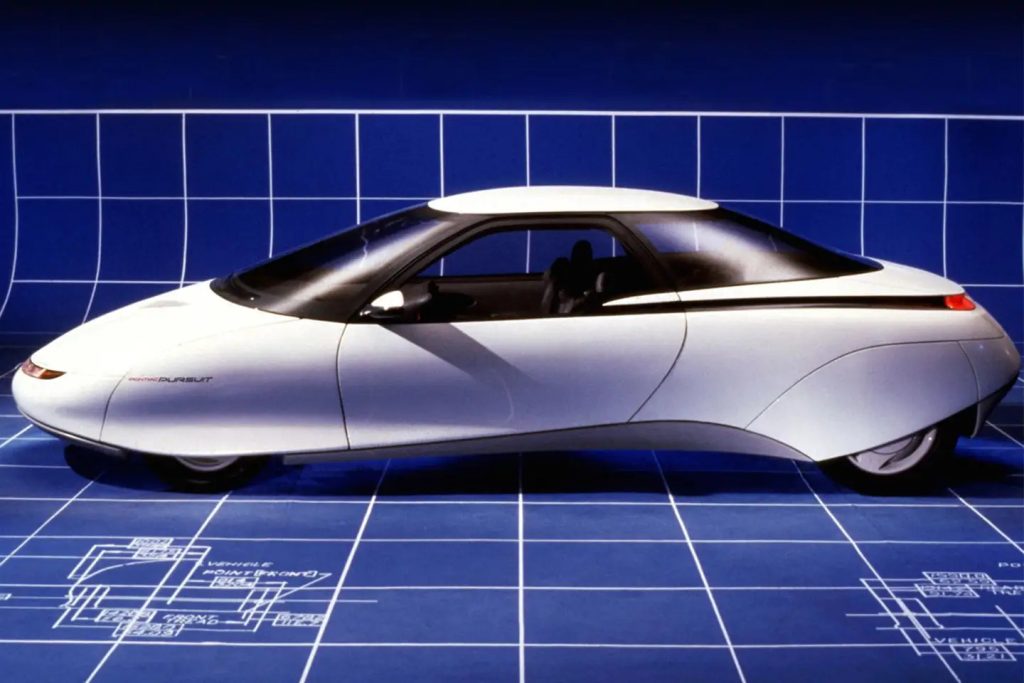
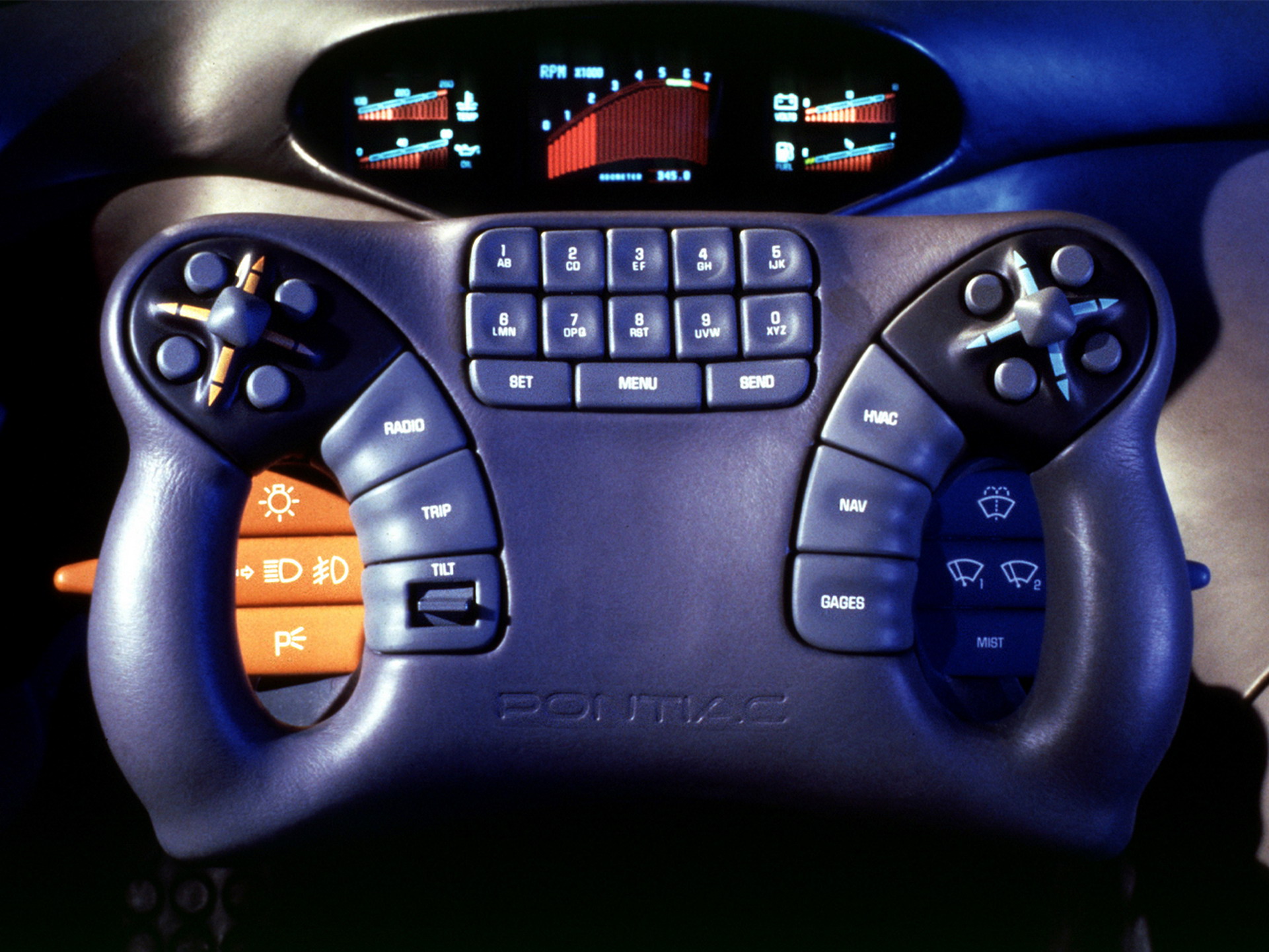
The first of two Pontiacs in this list, but too good to miss – a more 1980s-looking car you’d struggle to find. It had everything, from an aerodynamic form that wouldn’t do disservice to the aviation industry, to wild technology, turbocharging, digital instruments, and more.
Technologically, it included features such as drive-by-wire steering, and the button-festooned wheel moved only half a turn – that’s just 90 degrees – lock to lock. While that didn’t make it onto any subsequent Pontiac, the buttons did: several early-‘90s Pontiacs had a wheel like a graphical calculator.
US manufacturers were still proponents of big cubes in the 1980s, but the Pursuit instead used a 2-litre, four-cylinder turbo engine, making a healthy (for the time) 200bhp. And even a manual gearbox – one thing the car didn’t accurately predict was the future, as it turns out.
Pontiac Trans Sport (1986)
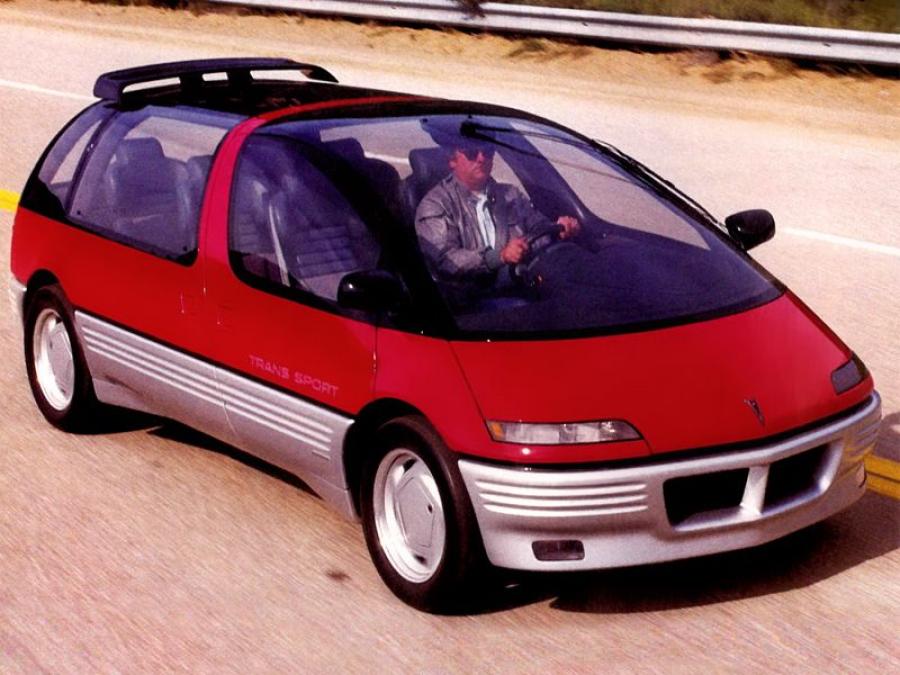
The MPV, people carrier, minivan – call it what you will – was yet to truly take off in the 1980s, though the seeds were there. In Europe, Renault launched the Espace in 1984, which got off to a slow start but was finding a market of its own. And in the US, Chrysler’s Dodge Caravan and Plymouth Voyager were attracting family buyers too, having debuted in late 1983.
General Motors was keen to find its own niche in the market, and would preview its vision of the monobox people-carrier in 1986, using its blue-collar sports brand, Pontiac. The Trans Sport looked decades ahead of Chrysler’s vans, previewing the curves of the 1990s and featuring a glassy canopy that wouldn’t be out of place on an aircraft.
A sporty stance and gull-wing rear doors only added to the intrigue, and while the production Trans Sport and its stablemates looked more like a portable vacuum cleaner – earning them the “dustbuster” nickname – they still owed plenty to one of the most striking, and most practical concepts of the 1980s.
Porsche Panamericana (1989)

At a glance – a really, really brief glance, perhaps while you’re sleepy and/or inebriated – the Panamericana concept of 1989 could pass for a 911. But dwell any longer and the vaguely 911-like proportions and detailing diverge wildly from the brand’s production models.
Named for the Carrera Panamericana races in which Porsche used to successfully compete, the concept was based on the contemporary 964-generation 911 (Carrera 4, naturally) – though true to concept form, lent its smooth curves to the 993 that would follow.
The chunky tyres, cut-away bodywork and skeletal (and removable) roof gave it the vibe of a 911 beach buggy. Despite tentative plans for a limited run of road cars, nothing ever came of the Panamericana – though Porsche’s off-road aspirations would eventually be sated by the Cayenne.
Volkswagen Scooter (1986)
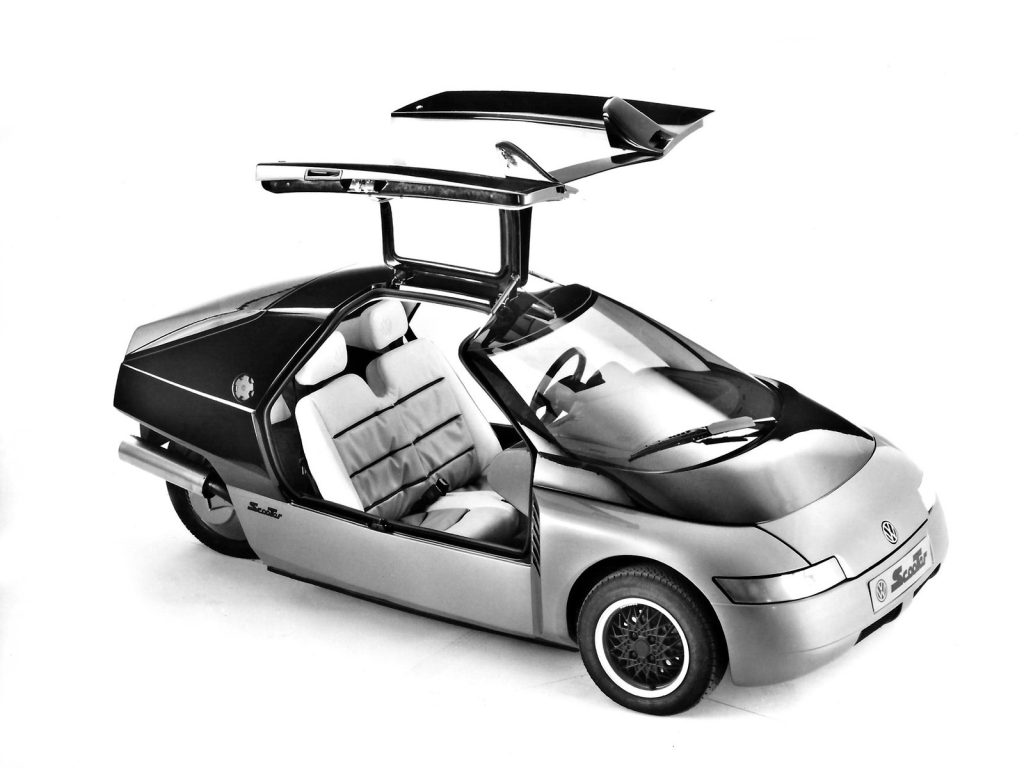
Volkswagen has explored city transportation several times throughout its history, with few more striking than the Scooter concept unveiled in 1986. The name was deliberate, suggesting a kind of cross between a car and a motorcycle – an idea still explored by cars like the Citroën Ami today.
The tadpole-style three-wheel layout put the entire drivetrain of a Volkswagen Polo up front, powering the front wheels. With low weight, it was brisk – 0-60 was well under ten seconds, 140mph flat out, with fuel economy of more than 46mpg.
The compact city car ended up a mere diversion for VW, the group even rejecting Nicholas Hayek’s city car proposal – which would later become the Smart under Daimler-Benz. VW did get close to reviving the Scooter though with 2011’s Nils concept – four-wheeled and electric, but otherwise similarly stripped-back.
Volvo LCP2 (1983)
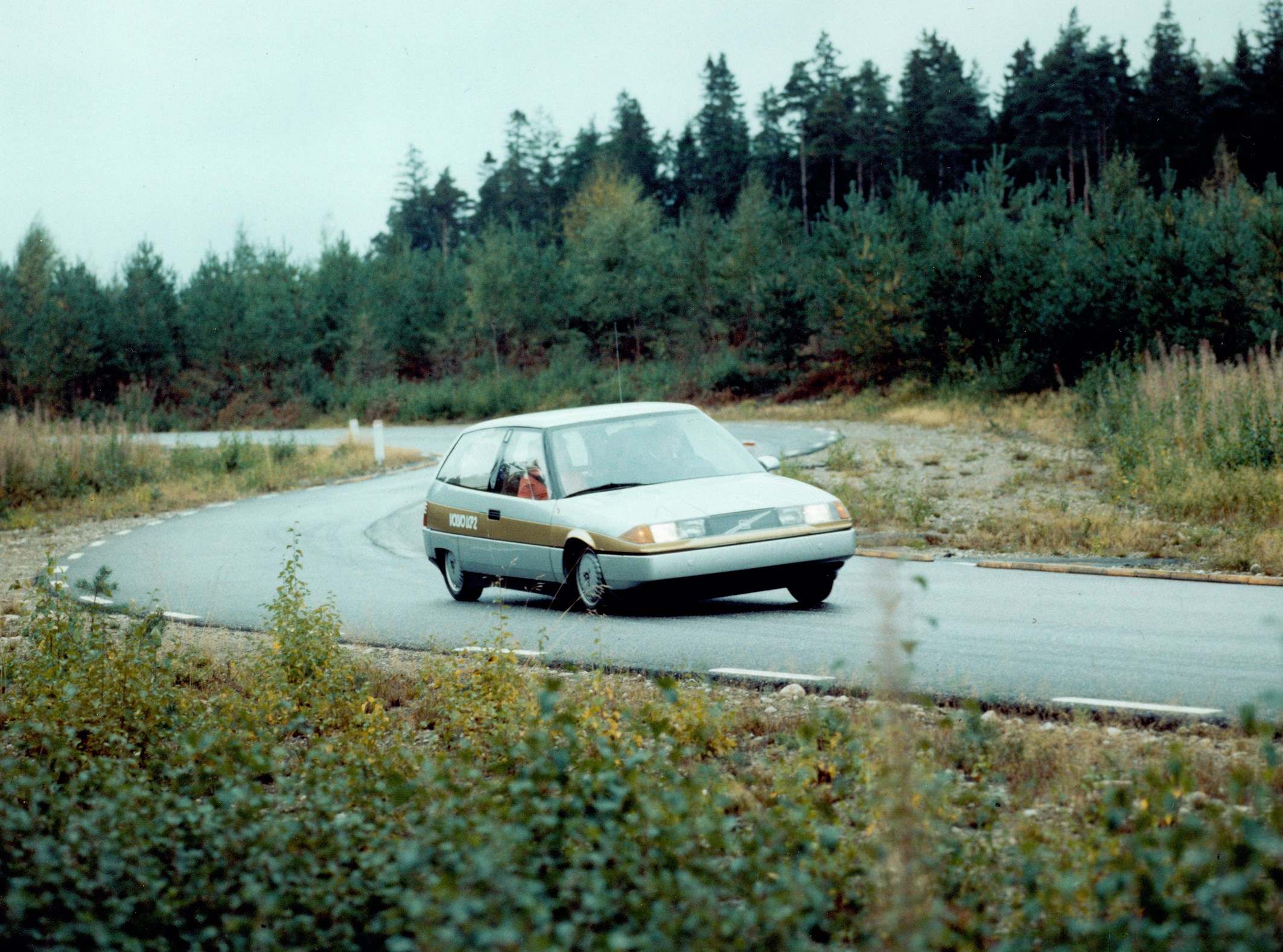
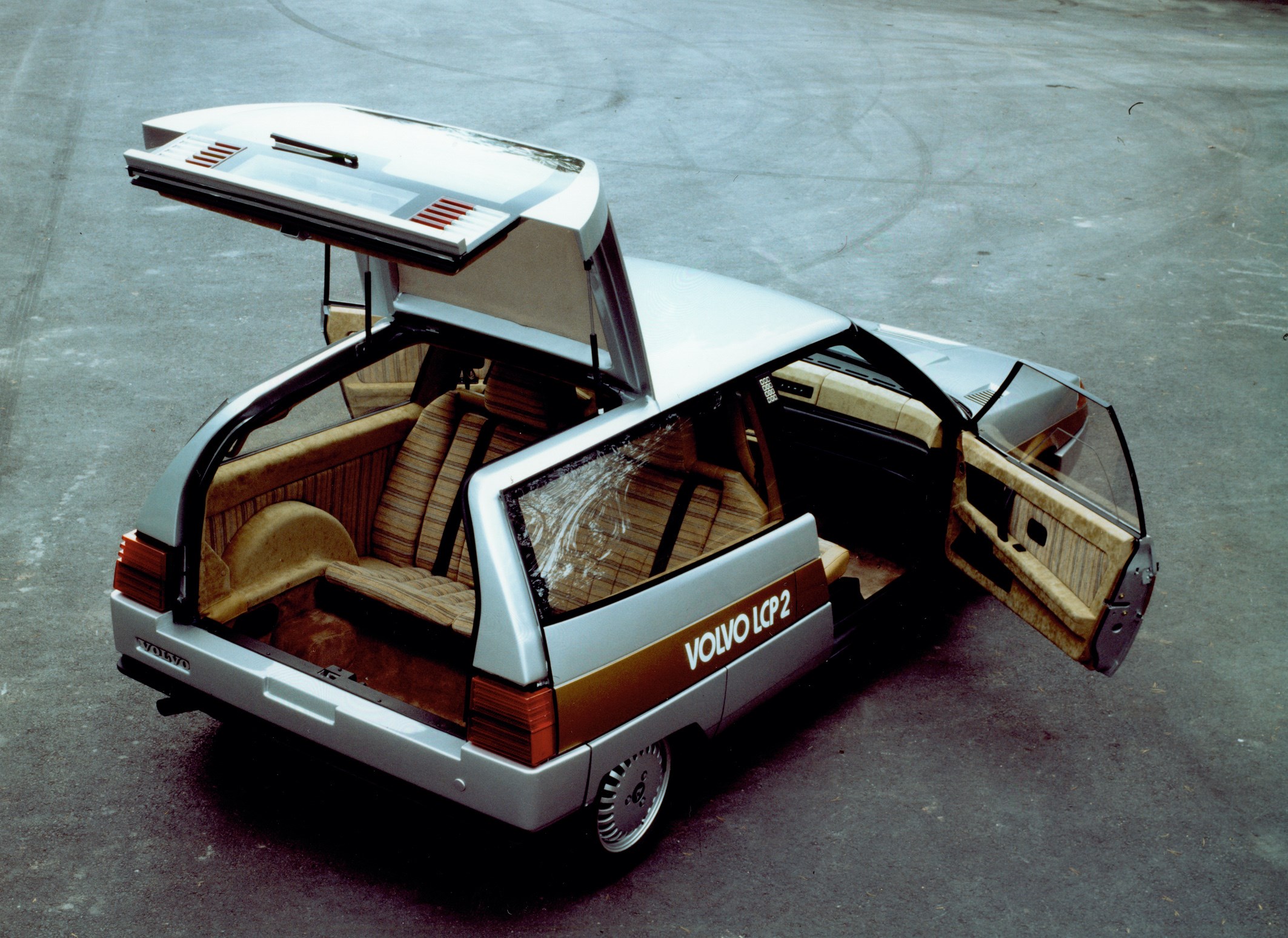
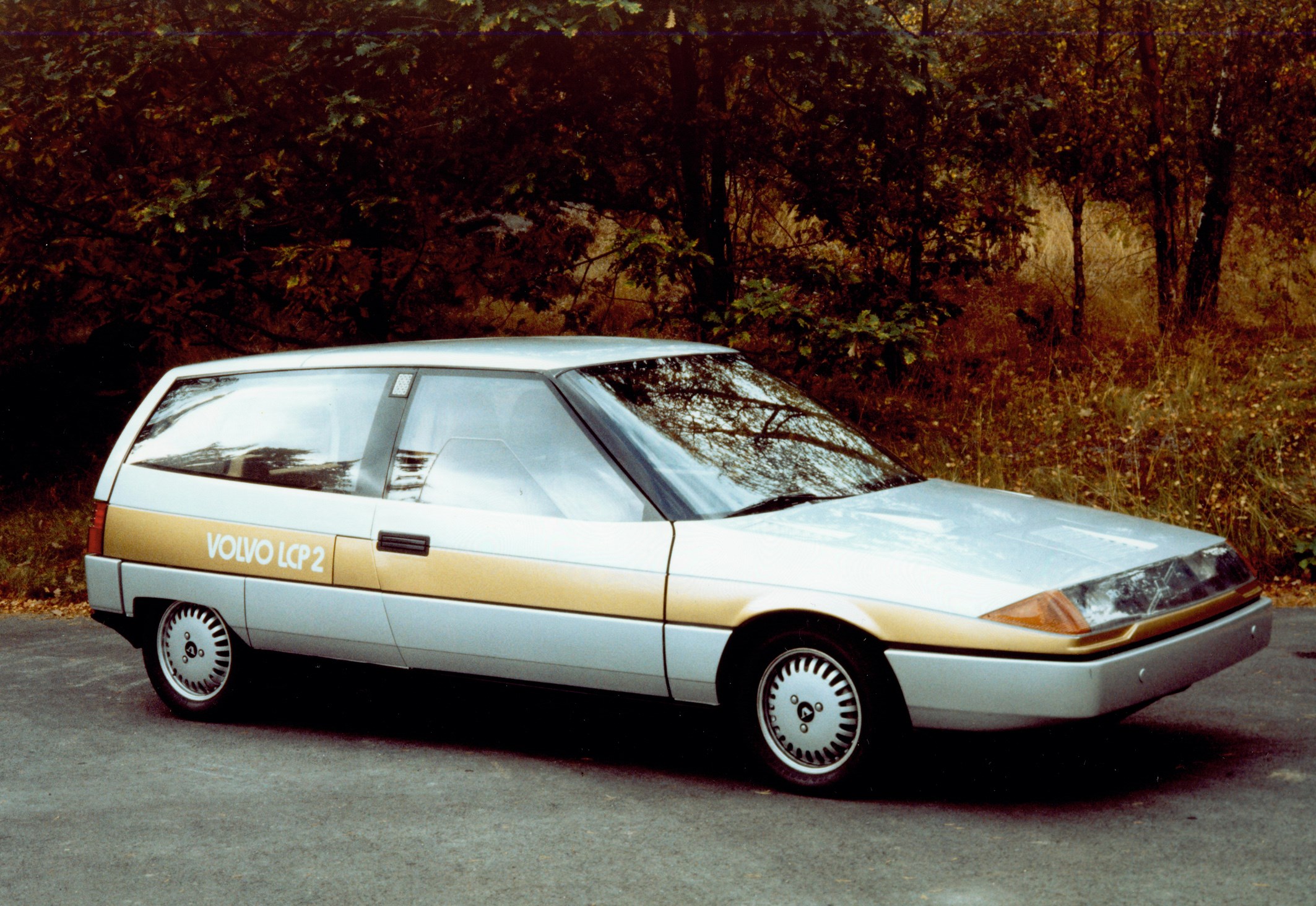
Volvo has frequently used concept cars more for technological previews than visual ones. You might see some similarities between the LCP2 concept – sometimes called the LCP2000 – and later front-drive Volvos, but primarily it was used to experiment with lightweight materials, low fuel consumption, and low drag.
The Light Component Prototype for the year 2000 then featured widespread use of plastics, aluminium, and magnesium. It worked, too, with a claimed kerb weight of little more than 700kg.
Compact engines helped too, Volvo exploring a 1.3-litre, three-cylinder turbodiesel from Ricardo in the UK, and a 1.4-litre ELKO 3-pot turbodiesel with flex-fuel capabilities. Both used a continuously-variable transmission, cribbed from the brand’s ties with DAF, while the drag coefficient was as low as 0.25 Cd. Even by the US EPA’s stricter fuel economy testing, it was claimed to achieve 97mpg at motorway speeds.
Read more
Riding in a 1970 Mercedes-Benz C111 is the ultimate historical tease
Concept Cars That Never Made The Cut: 1971 Citroën SM Espace
From DMC-24 to Alpha5: DeLorean charts its history – both real and fictional








